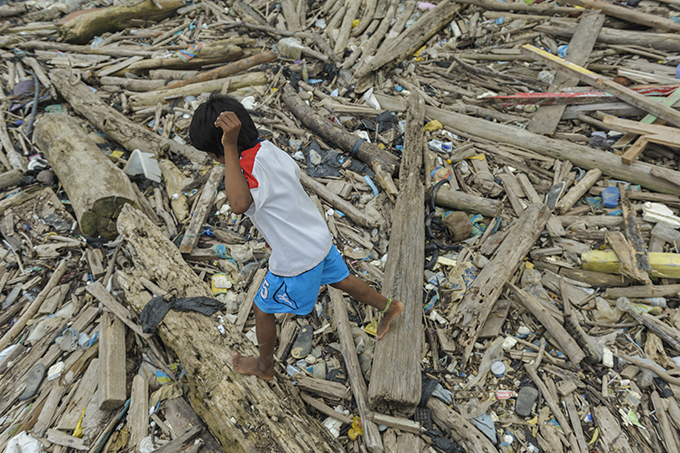The unnatural consequence of natural disasters
Work area(s)
Topic(s)

Disasters are uncertain events that lead to death and injury, damage and disruption. The immediate exposure to a disaster seems almost egalitarian: it can strike seemingly anywhere, and it is frightening for anyone who experiences it. Surviving the initial disaster can be unifying: in the days following the 2010 Chilean earthquake, in which 80% of the country’s population were affected and 10% injured, strangers on the street shared stories of their moment-by-moment experiences, fears, losses and relief. Weeks after the 2010 earthquake in Haiti, a man who had lost three children and his wife told me that he was surviving knowing that he was not alone: everyone around him had experienced similar tragedy. Despite this very human tendency to connect after a shared traumatic experience, the weeks, months and years of post-disaster recovery reveal pre-existing inequities, and often exacerbate them. Children, especially poor children, are among the most vulnerable to negative consequences of disaster.
Due to their developing minds and bodies, children are more likely to experience adverse outcomes from disasters. Limited access to clean water and sufficient food after a disaster puts children at risk for communicable diseases and malnutrition, common causes of child mortality. Depending on their age and developmental stage, children have limited psychological capacity to comprehend a disaster, which may lead to anxiety, depression, post-traumatic stress disorder and behavioural problems. Disrupted or destroyed infrastructure affects medical facilities, schools and housing. Children are more often sick and have less access to medical care; less often stimulated, educated and socialized; and sometimes displaced. Children are also uniquely dependent on adults in their families, communities and governments for protection. Displacement interrupts parental livelihoods and fragments family and social support systems, all of which puts children at greater risk for neglect, abuse, exploitation and trafficking[1].
Weissbecker and others describe children’s post-disaster experiences as “a cascading series of life stressors, which may last for months or even years”[2]. It is well-established that prolonged disruption and stress at crucial phases of development can have long-lasting consequences for health and functioning across the lifespan[3]. Yet the preponderance of post-disaster research suggests that most children who experience disasters are resilient: they recover without long-term health or psychosocial problems[4].
The unnatural consequence of natural disasters is that vulnerability is not equally distributed. Child disaster survivors with families with financial or social capital will more often and sooner recover their basic needs, re-establish secure attachments and stable routines, and be called “resilient”. The most marginalized children are the most likely to experience prolonged disruption, dislocation and stress and suffer long-term sequelae. If we mean to protect equitably the rights of every child and pursue intently the sustainable development goals of ending poverty and hunger and providing for good health and quality education, we must actively engage in disaster risk reduction that intentionally strives to prevent and redress the inequities that disasters reveal.
[1] Romm, S.V., J.K. Romm y B.D.Nelson (2014), “Vulnerability of Children in Developing Countries and Disrupted Settings”, N.Gupta y otros (eds) MGHfC Handbook of Pediatric Global Health. New York: Springer Science + Business Media.
[2] Weissbecker, I. y otros (2008), “Psychological and Physiological Correlates of Stress in Children Exposed to Disaster: Current Research and Recommendations for Intervention”, Children, Youth and Environments 18(1).
[3] Shonkoff, J. P., W.T. Boyce y B.S. McEwen (2009), “Neuroscience, molecular biology, and the childhood roots of health disparities: building a new framework for health promotion and disease prevention”, JAMA 301(21).
[4] Goldmann, E. y S. Galea (2014), “Mental Health Consequences of Disasters”, Annual Review of Public Health, 35(1).